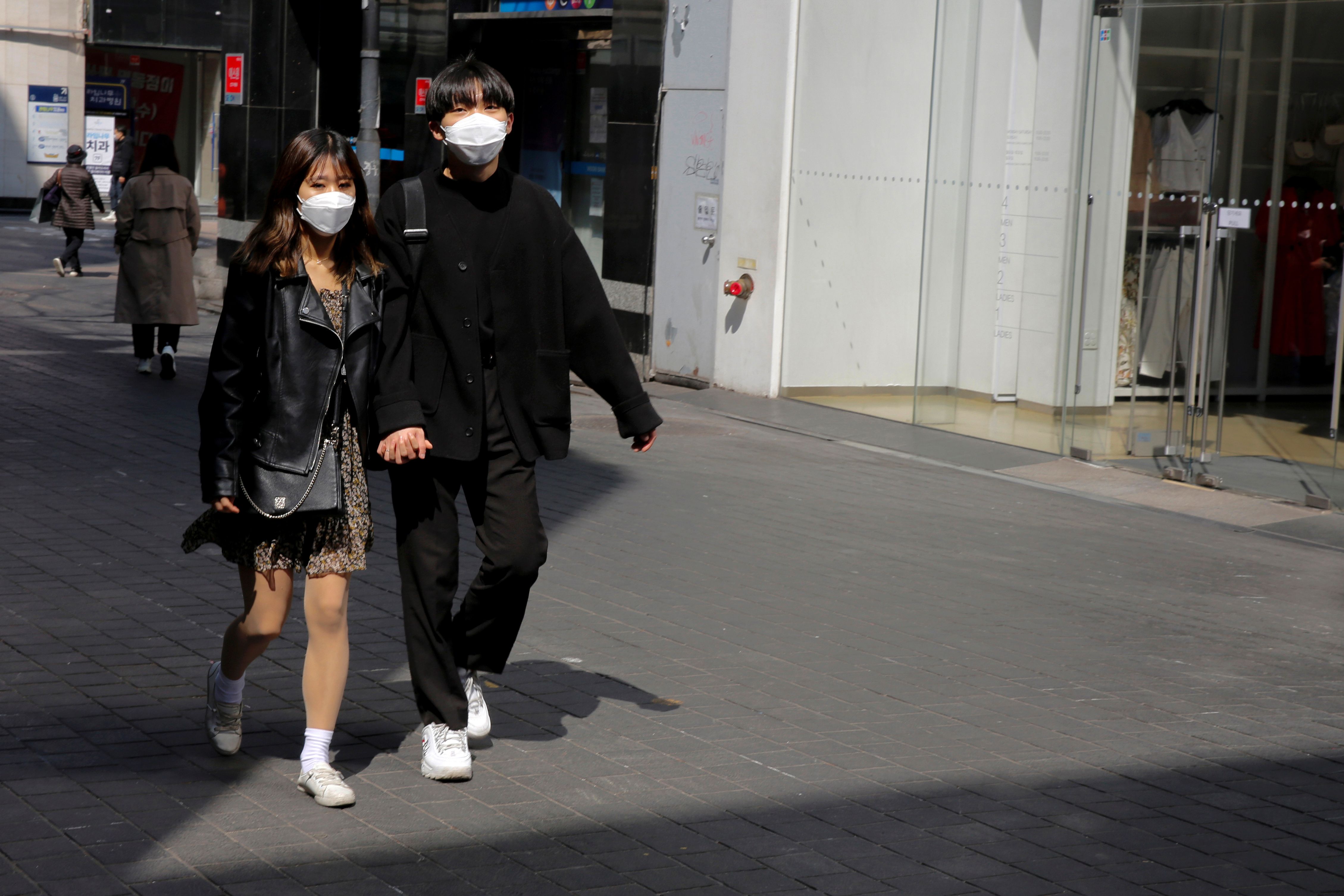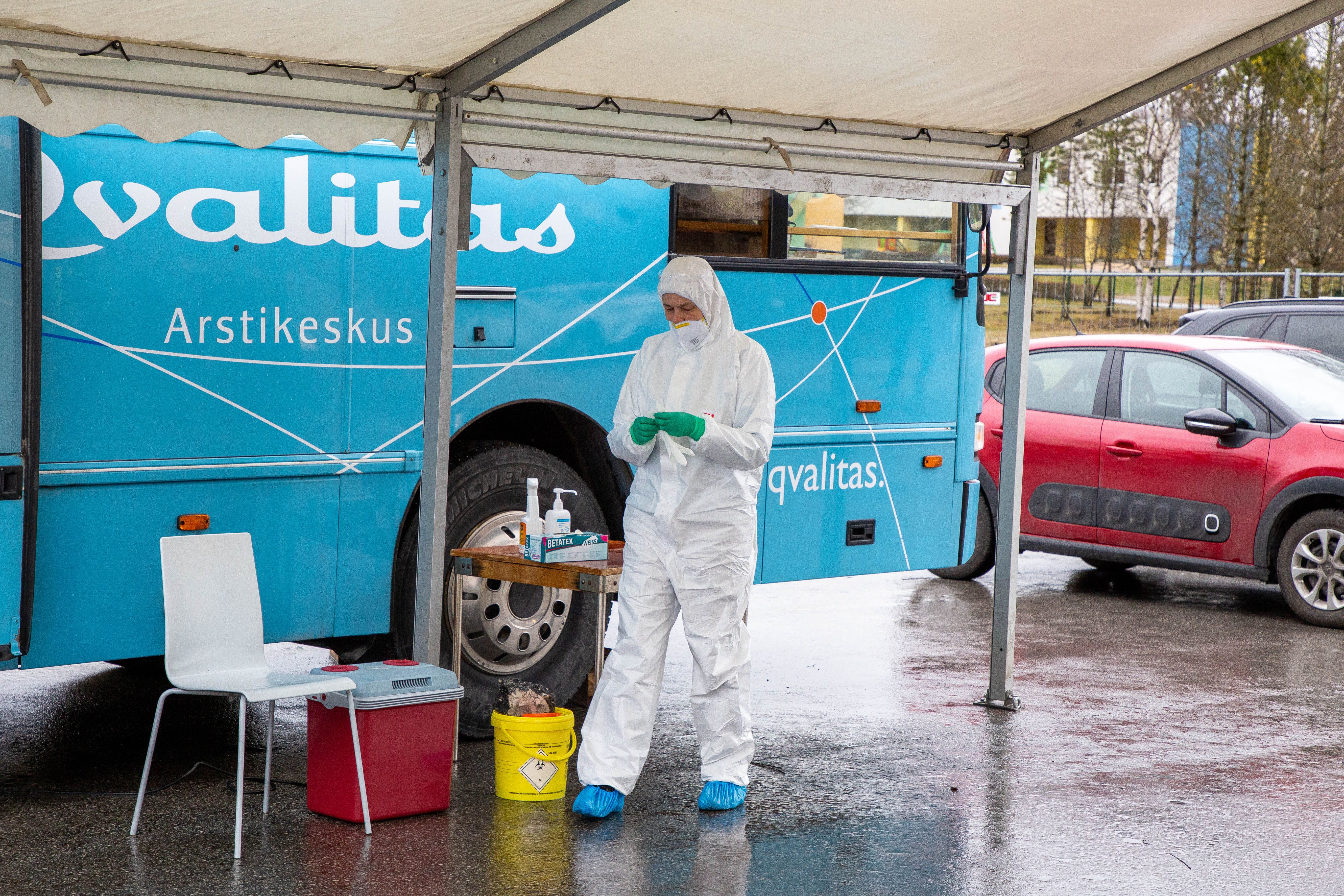Containing COVID-19 in Sweden

In Sweden, as of 5 May, there were around 23,000 confirmed cases of SARS-CoV-2 coronavirus infection, including more than 2,800 deaths. This means that the number of deaths due to this disease is relatively high in this country at 283 per million inhabitants. It is the seventh-highest in the world (without including Andorra and San Marino). However, in Sweden any deceased person who has tested positive for coronavirus is counted as a victim of the disease, regardless of the direct cause of death. According to the information provided by Sweden’s state epidemiologist on 21 April, in Stockholm, the area with about 50% of the country’s cases, the peak of infections has alreaacdy passed and a slow weekly decline in the number of new infections is expected. However, outside the capital, the number of cases is still increasing. One of the reasons for that may be the recently introduced intensified testing of the most vulnerable professional groups (ultimately 50,000–100,000 people a week).
The Swedish Strategy
The authorities’ efforts to contain the virus consist of formulating recommendations instead of imposing legal measures, which makes Sweden stand out from other EU countries. Formally, it has only prohibited public gatherings of more than 50 people (enacted 29 March) and visits to care homes for the elderly (1 April). Only EU and EEA citizens can enter the country, in line with the agreement of the European Council on 17 March. Recommendations issued by the Public Health Agency (PHA) of Sweden include staying at home in the event of any symptoms of the disease, limitations on meetings, especially with the elderly, avoiding visits to hospitals, putting off trips, working from home, and, for people over 70, limiting going out to the absolute minimum. Schools and kindergartens can decide whether to close facilities or switch to distance-learning. As a consequence, the vast majority of them remains open. Raestaurants and bars operate without restrictions, though with the obligation to ensure sufficient distance between customers. Local authorities are increasing control of compliance with these principles and other binding recommendations that have been in force since 1 April. The nature of the restrictions as recommendations in the Swedish legal tradition does not exclude the imposition of penalties. In the capital where people tend to be less disciplined in following the authorities’ advice on weekends and sunny days, several premises have already been closed. Prime Minister Stefan Löfven has reiterated his call to follow the recommendations, which in his opinion will continue to apply for months. He did not exclude further restrictions.
The decision to formulate recommendations instead of issuing bans is based, on the one hand, on the characteristics of Swedish social life. Swedes normally maintain social distance and have few close contacts. In addition, over half of Swedish households are composed of one person. These factors, along with the isolation of older people, were expected to slow the development of the pandemic so that the health service could provide adequate care to all those in need. Hospitals have doubled the number of beds in intensive care units to a total of around 1,100. Since the beginning of the infections, around 1,600 people have required such treatment.
On the other hand, the introduction of restrictions by the central authority was hindered by the legal division of responsibility for crisis management during a pandemic between the government, public institutions, and local authorities. Independent bodies, in this case the PHA, play a key role. It alone decides what preventive and eradication measures to take at the national level. It therefore has powers over the government in this area. Regions and municipalities are responsible for implementing its decisions.
The strategy also stems from the Swedish constitution, which does not contain a provision enabling the government to declare a state of emergency in peacetime. However, in the face of a large number of new cases, parliament adopted a bill on 16 April allowing the government to take quick decisions without prior parliamentary approval. The regulation contains numerous restrictions on the activities of the executive. Extraordinary legal acts must be closely related to combating the pandemic, for example, they may pertain to closing shops or airports but restrictions of civil liberties, such as the introduction of a curfew, would require that parliament adopt an additional law. The timeframe for the government to have these exceptional powers is limited to 30 June. In addition, the parliament reviews all legal acts adopted by the government in this period and may annul them.
A majority of the society accepts these measures. According to April polls, trust in the PHA and the government is high, at 71% and 53%, respectively. Support for the ruling Swedish Social Democratic Workers’ Party has risen by 6 percentage points (p.p.) to 28% over the past month.
Economic Package
The widest governmental measures have so far concerned the economy. Despite relatively mild restrictions, Sweden is preparing for a deep economic downturn. It will be caused by a decrease in consumption and demand in foreign markets, as well as delivery problems disrupting production. Indicators for the services sector in April plummeted to a record low. According to the government’s forecasts, the GDP will drop by 7% in 2020, and in 2021 economic growth may reach 3.5%. Unemployment, which has increased since the end of 2019 by 1.4 p.p. to 8%, may reach 11%. The European Commission predicts, similarly, a decline in Swedish GDP of 6.1% in 2020, and growth of 4.3% in 2021.
The amendment of the budget of 19 March earmarks SEK 300 billion (about $31 billion) to mitigate the effects of the epidemic. It focuses on supporting the business sector and local governments to prevent mass bankruptcies and further unemployment. This mainly includes financial assistance and tax breaks for employers, including deferred payment of social security contributions. The government took over sick pay responsibility from the first day of sick leave in April and May. Activities also include public aid for airlines that suffer heavy losses and compensation for extraordinary costs incurred by local governments and regions. In addition, the central bank made available the amount of SEK 500 billion (about $51 billion) for loans to companies.
Conclusions
Formulating recommendations instead of introducing bans related to containing COVID-19 makes Sweden distinct from other EU countries. Its approach is extremely liberal, while the measures taken by the authorities have not been restrictive on civil liberties. These freedoms are also protected by a new bill granting the government exceptional powers, which, due to the built-in limits on duration and scope, did not stir up much opposition, unlike the recent legal changes in Hungary. The adopted strategy results from the Swedish state’s model of functioning rather than from political decisions.
The high percentage of infections and fatalities, though, raises great doubts about the effectiveness of the Swedish strategy, even taking into consideration the specificities of Swedish statistical gathering on the death toll. The goal of flattening the disease curve to such an extent that it does not overload the healthcare system has been met, however two key instruments of the strategy—isolation of the elderly and society following the recommendations—have not been carried out to the extent to protect other people from risk groups. This is proved both by the mass illnesses in care homes for the elderly, where more than 50% of the fatalities originate, and the higher number of infections in the capital’s districts inhabited by immigrants. Health Minister Lena Hallengren admitted that the authorities failed in this respect. The need to introduce controls and to sanction non-compliance with the recommendations also indicates possible weaknesses in Sweden’s model for combating COVID-19, which does not combine the lack of harsh restrictions with technological supervision of the society (like, for example, in South Korea). However, the final assessment can only be made once the pandemic is over. Swedish epidemiologists predict the infections to be at a similar level in all European countries in one year as a consequence of lifting restrictions. The advantages of the Swedish approach include, for example, that recommendations can be sustained longer than strict restrictions. Its strength also lies in not limiting civil liberties.
Sweden’s strong dependence on exports (46% of GDP) means that even mild restrictions on the functioning of the service sector will not prevent the economy from a deep downturn. However, general continuity of operations may accelerate the return to economic growth. In addition, the low level of public debt and wealth of the state offer more opportunities to introduce further economic support programmes, even without flexible credit lines available only to members of the euro area, to which Sweden does not belong.





